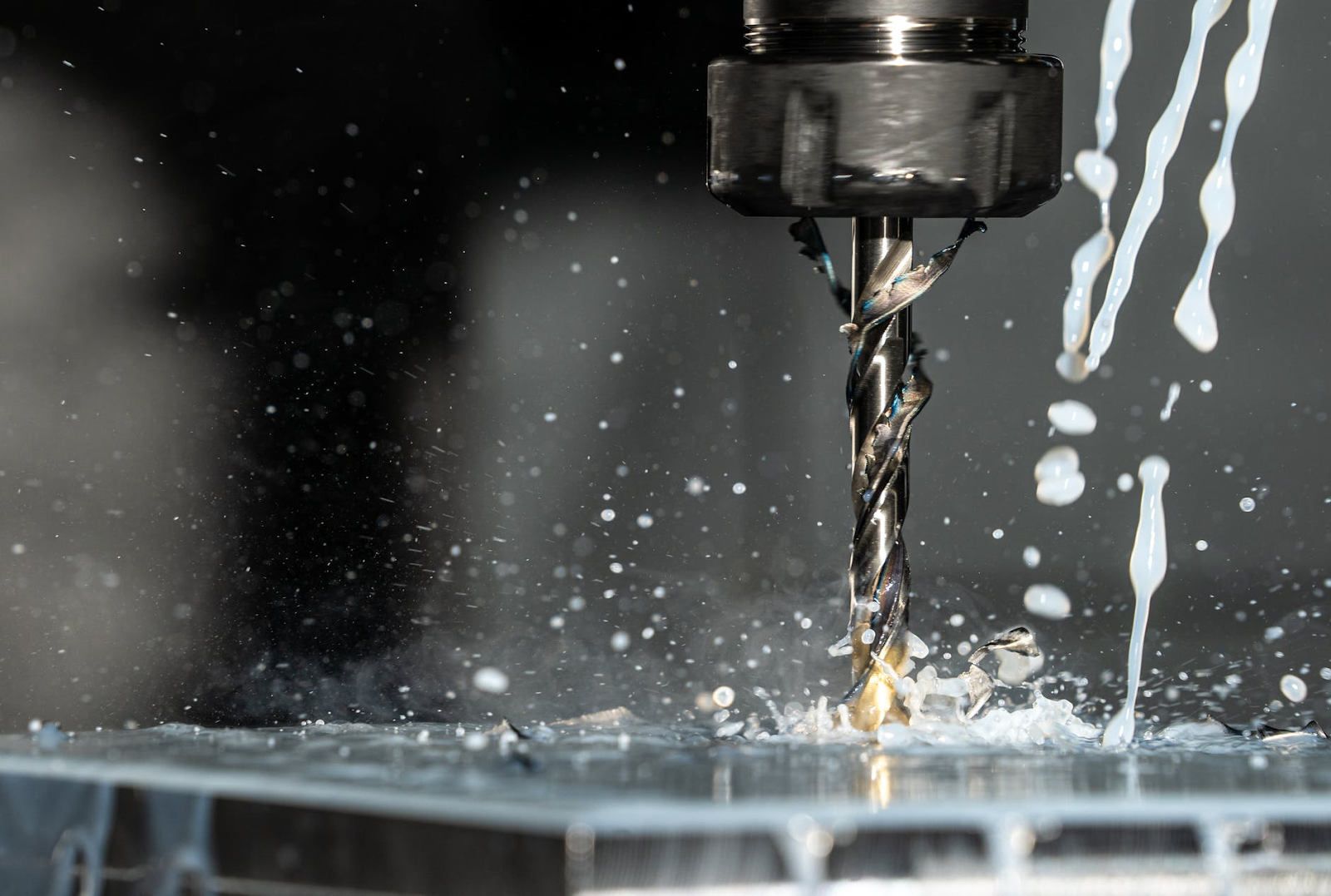When you employ custom 3D printing as the manufacturing method of your new product or prototype, you will have to optimize your design. By doing this, you make sure that the model will look and function properly after it has been printed. On top of that, optimizing the design can also help to lower the production costs and time. This is why you also should optimize the design when you decide to use CNC machining. After all, you want the CNC quote to be as low as possible. By using the five tips mentioned below you will be able to do this.
Round the internal edges of CNC parts
If your design at least partially consists of internal edges or even internal corners, it is good to know the diameter of the cutting tool. This is the case since you will have to take this into account when optimizing your design. Unfortunately this could lead to the quality of the surface finish decreasing a bit, but it is still possible to solve this potential problem thankfully. Increasing the corner radius to one-third of the cavity depth will in fact lead to a higher quality surface finish. Is there a 90-degree angle in your design? Use a T-bone undercut instead of decreasing the corner radius in this case.
Avoid deep cavities
On top of that, you should also note the depth and diameter of any cavities. This is very important to do when you are working on designing a new model for CNC milling because end mill tools are unfortunately limited when it comes to the length they are able to cut. Usually this is three to four times the diameter of the tool at hand. By limiting the depth of the cavities in your design to four times the diameter of the tool you will be able to achieve better results.
Do not use a lot of small features
Even though it is possible to add small features to your design, definitely do not overdo it when designing for CNC machining. Small features are for example holes and cavities, these can be included in your design. However, you should take into account that the diameter of these rather small features should be limited to 2.5 millimeters. Any number below 2.5 millimeters makes the machining not only a lot harder, but it will take more time too so it will cost more money as well.
Try to make walls thick
If you have included rather thin walls into your design, it is highly likely that they are going to vibrate during the machining process. Besides that, it is possible that the thin walls of plastic parts may wrap or soften too due to the temperature increases. In other words, it makes it way more difficult to achieve a high level of accuracy when machining these parts. You obviously do not want this to happen, so you should increase the thickness of metal walls to a minimum of 0.8 millimeters. Plastic walls should have a thickness of at least 1.5 millimeters.
Optimize the tapped holes
It is possible to fabricate tapped holes into parts that have been created with the help of CNC machining. By doing this, you can thread a bolt or a screw for example. While you have the possibility to employ an M2 thread size, it is preferred to use M6 or above. This will likely achieve better results. You should also take the thread length into account. Usually it is recommended to use a thread length that is three times the hole’s diameter. The minimum is 1.5 times however.
